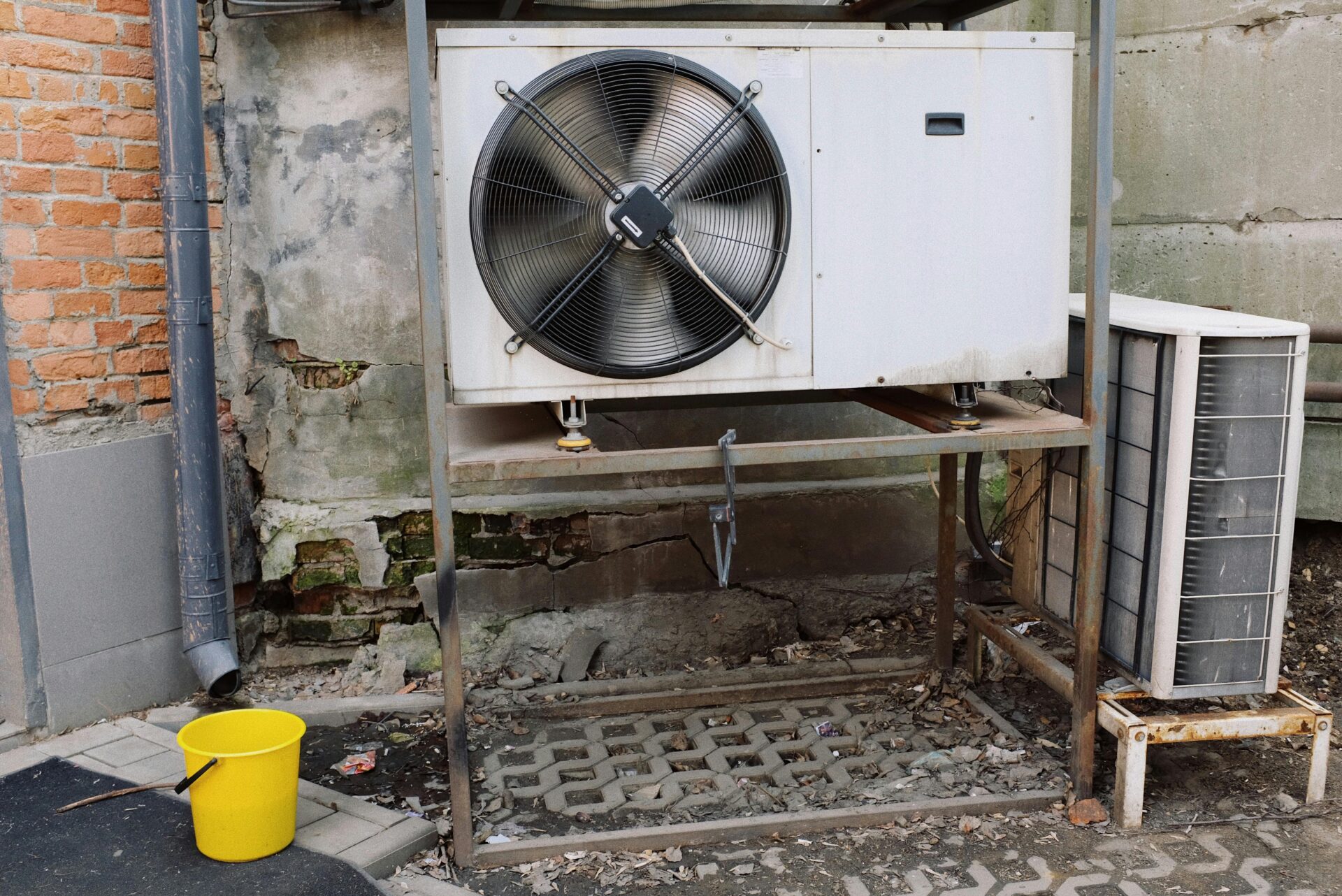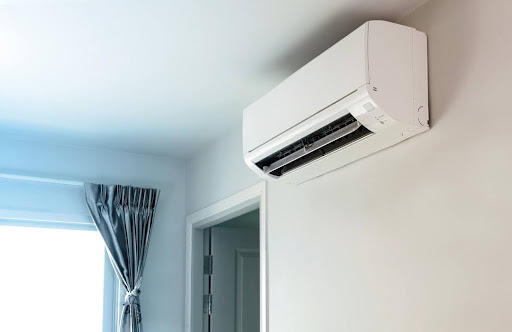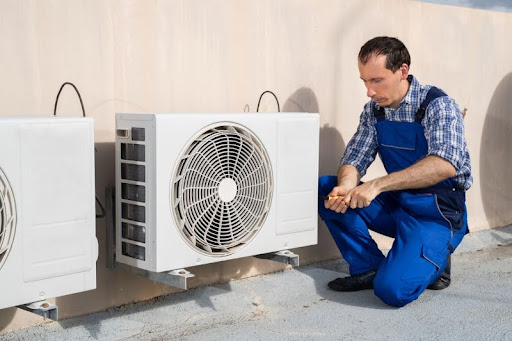AC installation time can vary depending on several factors. Exploring the different factors that can affect how long it takes to install an AC unit, the estimated time for installation, what can potentially delay the installation process, and some tips to speed up the installation.
Factors Affecting AC Installation Time
Several factors can affect the time it takes to install an AC system. These include the type of AC unit, size of the space, complexity of the installation, and preparation ahead of installation. Let’s take a closer look at each of these factors.
Type of AC Unit
1. Window Unit
Window units are typically the easiest and quickest to install. They are designed to fit into a standard-sized window, and the installation process usually involves securing the unit in place, plugging it in, and ensuring it is adequately sealed to prevent air leaks. On average, window unit installation can be completed within an hour.
2. Split System
A split-system AC unit consists of an outdoor condenser unit and an indoor evaporator unit. The installation process involves mounting the condenser unit outside, connecting it to the evaporator unit inside, running refrigerant lines, and installing ductwork if necessary. Depending on the complexity of the system and the size of the space, split system installation can take anywhere from a few hours to a full day.
3. Ductless Mini-Split
A ductless mini-split AC system is similar to a split system but does not require ductwork. Instead, it uses individual air handlers mounted on walls or ceilings to deliver cool air directly into the room. The installation process for a ductless mini-split involves mounting the outdoor condenser unit, running refrigerant lines, and installing the indoor air handlers. The time it takes to install a ductless mini-split can vary depending on the number of air handlers and the system’s complexity. Still, it generally takes longer than installing a window unit and may take a day or more.
Size of the Space
The size of the space where the AC unit will be installed can also affect the installation time. Larger spaces may require more equipment and a more complex installation process, which can take longer. Additionally, if the space has multiple rooms or levels that need to be cooled, additional air handlers or ductwork may be required, further extending the installation time.
Complexity of Installation
The complexity of the installation plays a significant role in how long it takes to install an AC system. Factors such as the distance between the indoor and outdoor units, the need for ductwork installation or modifications, and any unique challenges the building or space presents can all impact the installation time. If any additional modifications or repairs are needed, such as electrical work or structural changes, this can also extend the installation timeframe.
Preparation Ahead of Installation
Proper preparation before the AC installation can help streamline the process and reduce the overall time it takes. It is important to ensure that the installation area is clear of obstructions, furniture, or debris. Any necessary permits or paperwork should also be obtained beforehand to avoid delays. Additionally, it is crucial to have the electrical connection ready and meet any specific requirements or recommendations provided by the manufacturer or installer.
Estimated Time for AC Installation
The estimated time for AC installation can vary depending on the factors mentioned above. Here is a general guideline:
| AC Type | Estimated Time |
| Window Unit | Approximately 1 hour |
| Split System | Several hours to a full day |
| Ductless Mini-Split | A day or more |
| Larger or more complex installations | Longer duration |
It is important to note that these are rough estimates, and installation times can vary significantly based on each installation’s specific circumstances and requirements.
What Can Delay AC Installation?
1. Accessibility Challenges
Accessibility challenges can arise during AC installation, especially if the space is hard to reach or requires additional steps or precautions to ensure a safe and efficient installation. Here are some installation steps that can be affected by accessibility challenges:
Site Inspection and Measurement
Before installation, a site inspection and measurement are typically conducted to assess the feasibility of the installation and determine the appropriate AC unit size. If the space is hard to access or requires extensive measuring or planning, it can add time to the installation process.
Ductwork Evaluation (if applicable)
If the AC system requires ductwork installation or modifications, some challenges can affect the evaluation of existing ductwork or the installation of new ductwork. Difficult-to-reach areas or complex ductwork configurations can prolong the installation time.
Removal of Old System (if applicable)
If an existing AC system needs to be removed before a new system is installed, the proper procedure can impact the time it takes to uninstall the old equipment and prepare the tidy and ready-to-install space.
Installation of New Equipment
Installing the new AC equipment can also be affected by accessibility challenges, mainly if the space is restricted or requires special accommodations for mounting or connecting the units.
Connecting Electrical Components
Properly connecting the electrical components of the AC system is essential for its safe and efficient operation. However, if the electrical access points are located in hard-to-reach areas or require additional electrical work, it can prolong the installation process.
Testing and Calibration
After the installation, the AC system must be tested and calibrated to ensure it functions correctly. Any issues during this process, such as difficulty reaching certain vents or controls, can add time to the installation.
2. Weather Conditions
Weather conditions can also impact the installation time, especially for outdoor components of the AC system. Extreme heat or cold, heavy rain, or strong winds can make the installation process more challenging, potentially resulting in delays or needing to reschedule the installation for more favorable weather conditions.
Tips to Speed Up AC Installation
1. Choose an Experienced Contractor
Working with an experienced and reputable AC Installation expert can help ensure a smooth and efficient installation. They will have the knowledge, skills, and equipment to handle any challenges that may arise and complete the installation promptly.
2. Clear the Installation Area
Before the contractor arrives, make sure the installation area is clear of any obstructions, furniture, or debris. This will allow the contractor to work more efficiently and minimize potential delays or safety hazards.
3. Be Prepared with Electric Connection
Check the manufacturer’s specifications and recommendations for the electrical requirements of the AC unit. Ensure that you have the necessary electrical connection ready before the installation. This can help avoid any delays due to unprepared electrical connections.
4. Consider Off-Peak Installation Time
Scheduling the AC installation during off-peak times, such as the spring or fall, can help avoid the peak demand seasons and potentially allow for a quicker installation. Contractors may have more availability and shorter wait times during these periods.
Frequently Asked Questions
How much does AC installation cost?
The cost of AC installation can vary depending on several factors, such as the type of AC unit, size of the space, complexity of the installation, and additional requirements or upgrades. It is best to consult with HVAC contractors to obtain accurate cost estimates.
Can I install an AC unit myself?
While some window unit installations may be suitable for DIY projects, installing most AC systems requires professional expertise, especially split or ductless mini-splits. It is recommended that you hire a licensed contractor for proper installation and to ensure compliance with local building codes.
How often should I replace my AC unit?
The lifespan of an AC unit can vary depending on the unit type, usage, maintenance, and other factors. On average, air conditioning units can last between 10 to 15 years. However, if your AC unit is older and exhibiting signs of inefficiency or frequent breakdowns, it may be time to consider a replacement.
Conclusion
The duration of AC installation can be influenced by various factors, including the type of AC unit, size of the space, complexity of the installation, and preparation ahead of time. While the estimated installation times provide a general guideline, it is essential to consult with an experienced HVAC contractor for an accurate timeline based on the specific circumstances of your installation.




